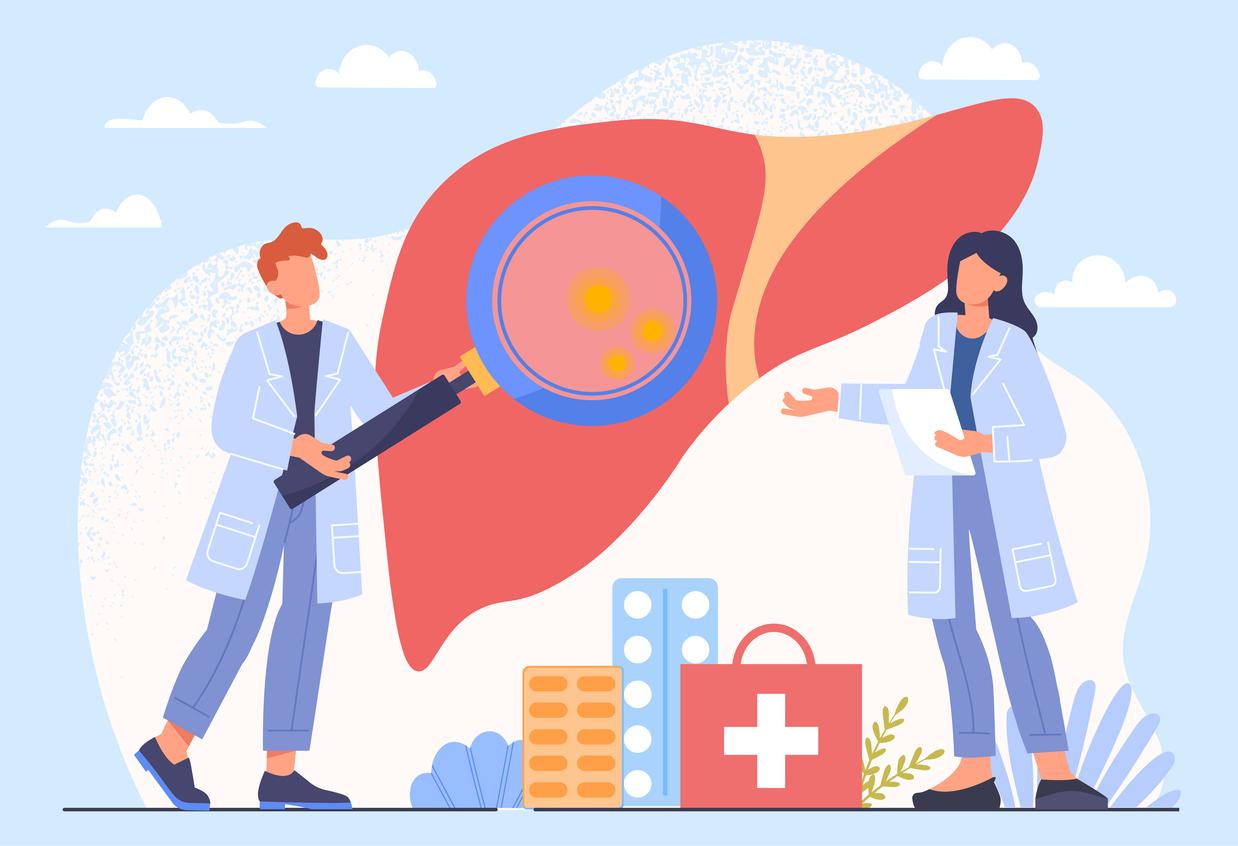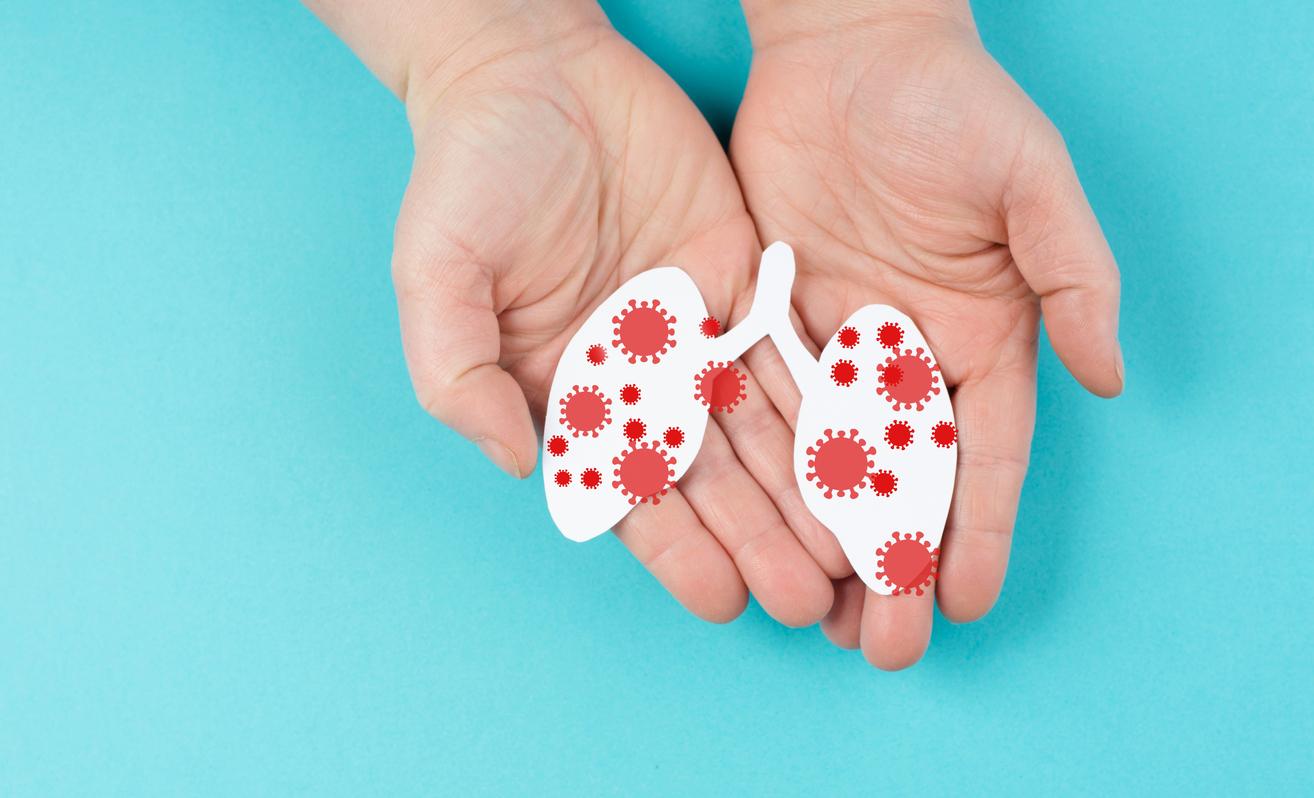The liver is necessary for more than 300 essential functions. His state of health is often neglected, but he knows how to defend himself very well and can regenerate. Despite this, what can be done to spare him illness?

Liver disease affects 844 million people worldwide. Two million people die from it every year. Specialists point out the importance of prevention and screening: they can prevent many deaths from liver disease.
An essential organ
The liver is one of the largest organs in the human body: it is about twenty centimeters long. The bile it produces digests fats, it stores glucose, vitamins and minerals, and manufactures proteins: in the end, it is in charge of more than 300 vital activities for the body. All these functions can be ensured when part of the liver is failing: a quarter of the liver is enough to maintain the normal functioning of the organism. This is not its only originality: it is also able to regenerate itself if a part is removed, and to return to its original size.
The liver has hidden assets, but that does not protect it from certain weaknesses. If a person consumes too much alcohol, fat or sugar, it can lead to liver diseases such as “fatty liver disease“, NASH (non-alcoholic steatohepatitis) or cirrhosis. Hepatitis B and C are also to be feared, although current vaccines and treatments can reduce mortality.
Towards a better prevention of liver diseases
Better organizing the prevention and screening of liver diseases would greatly reduce liver disease mortality. In more than one out of three cases, the disease is detected at an advanced stage, which reduces the possibilities of treatment. Therefore, scientists recommend a generalization of the diagnosis of transaminases. These demonstrate inflammation of the liver tissue: at too high levels in the blood, this means that the liver is suffering. Professor Patrick Marcelin, founder of the Paris Hepatology Conferences: “It is a simple, cheap test, available everywhere and whose sensitivity, when correctly interpreted, is satisfactory”.
Vaccination against hepatitis B
Hepatitis B is transmitted from mother to child during childbirth, unprotected sex, or sharing contaminated needles. The evolution of the disease transforms it into fibrosis, sometimes cirrhosis or liver cancer. There is a treatment to stop the progression of the disease, but it does not destroy the virus. The most effective way to prevent hepatitis B is vaccination. Newborns have benefited from this protection since 2017 as part of eleven mandatory vaccines.
Hepatitis C, a disease that is too silent
There is a nearly 100% effective treatment for hepatitis C. The World Health Organization wants to eradicate the disease by 2030: if screening improves, the objective is tenable. For example, in France, approximately 75,000 people are unaware that they are carriers of the disease. It is possible to be 30 years old without knowing it.
NASH, or fatty liver disease
NASH could be the disease of the century. Its development is due to excessive consumption of sugars and fats. Diabetics or overweight people are more likely to suffer from it: in France, the proportion of obese people who are victims of it has increased from 8 to 12% in 15 years. The only treatment currently is to change one’s lifestyle through a more balanced diet and physical activity. Drug treatments are still in the study phase.
New therapies for liver cancer
In 2018, nearly 9,000 patients lost their lives from liver cancer. But this number is likely to decrease in the coming years, as treatments become increasingly effective: the 5-year survival rate for liver transplants, for example, is 80%.
One liver disease can lead to another: 20 to 30% of people with chronic liver disease develop cirrhosis and, potentially, cancer. Better detection and early treatment could prevent 2 million deaths worldwide each year.















